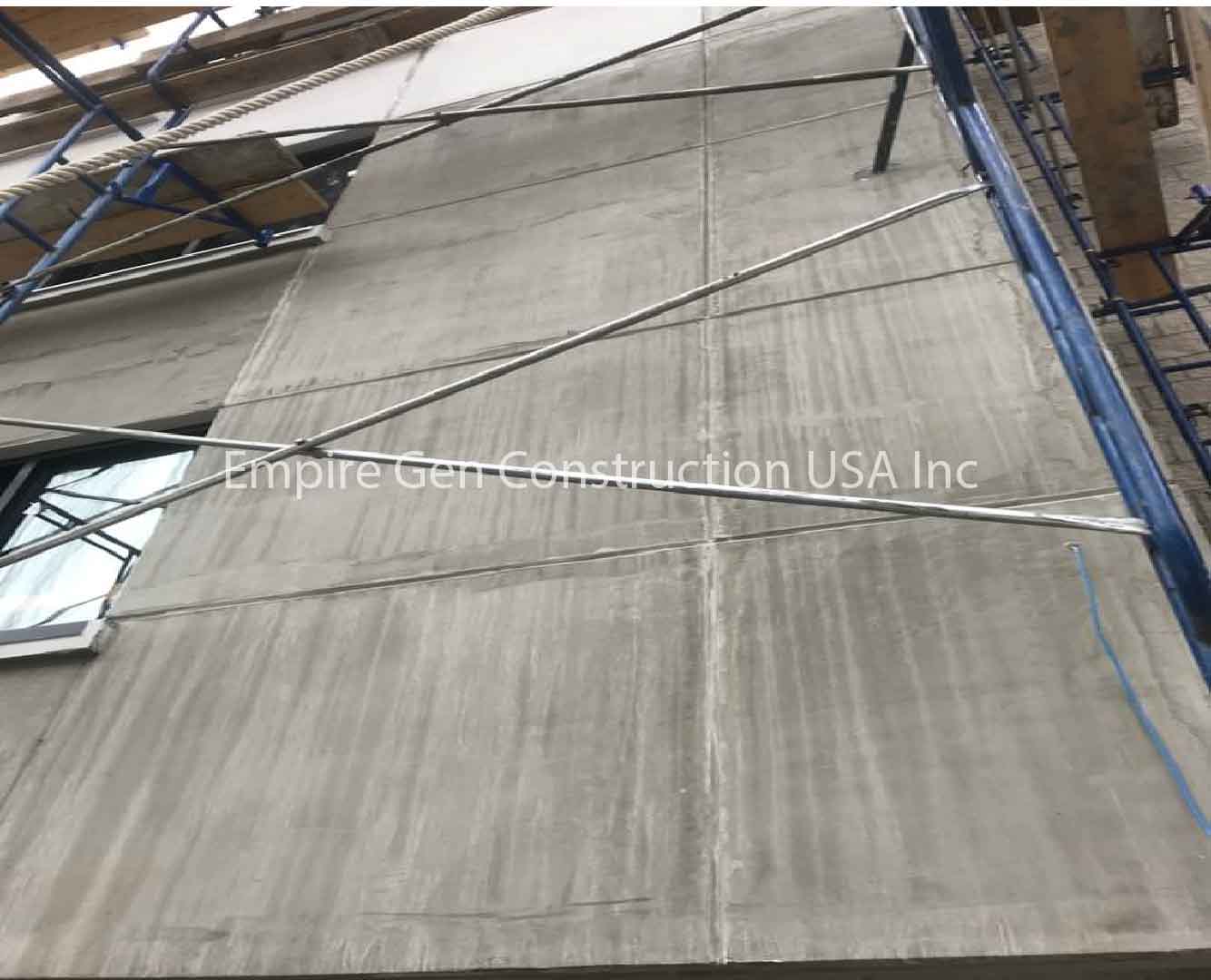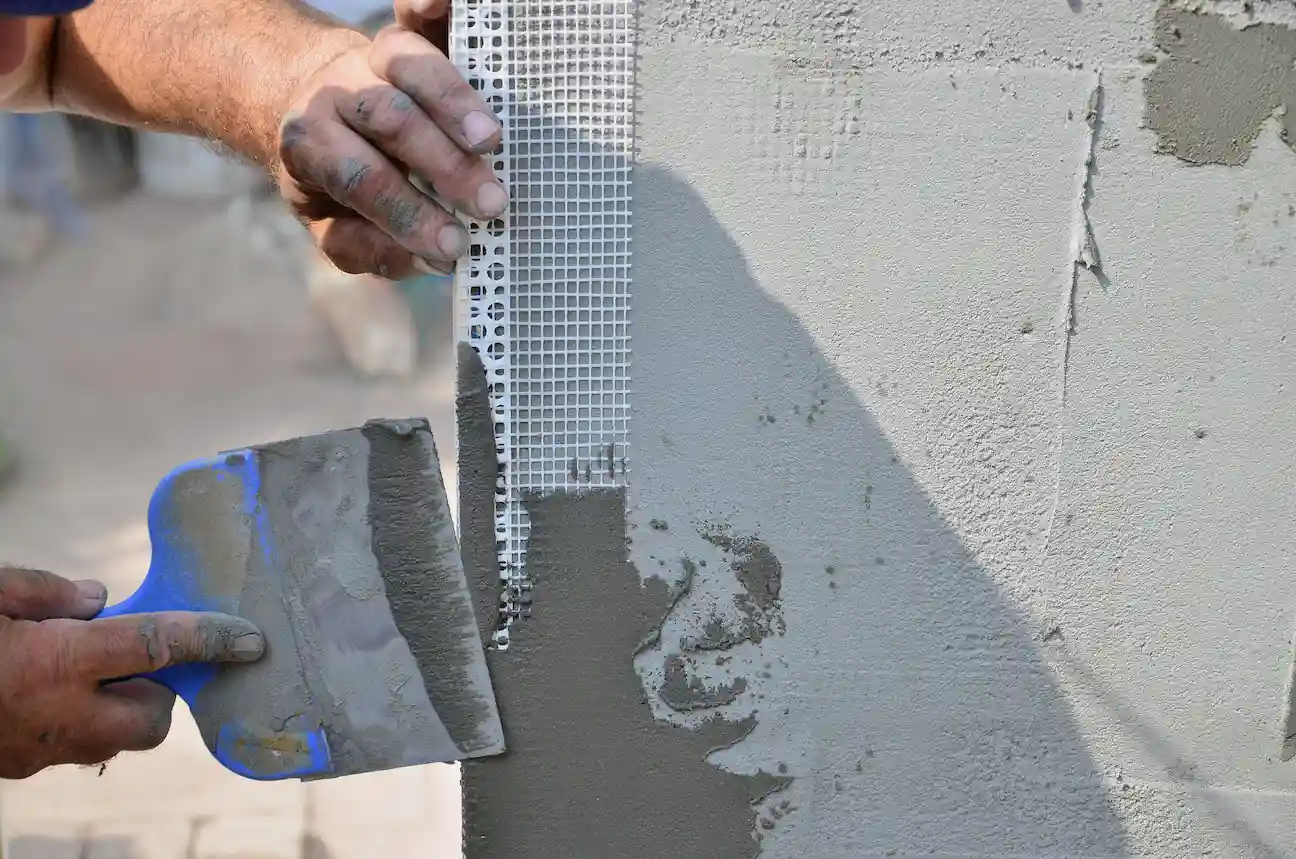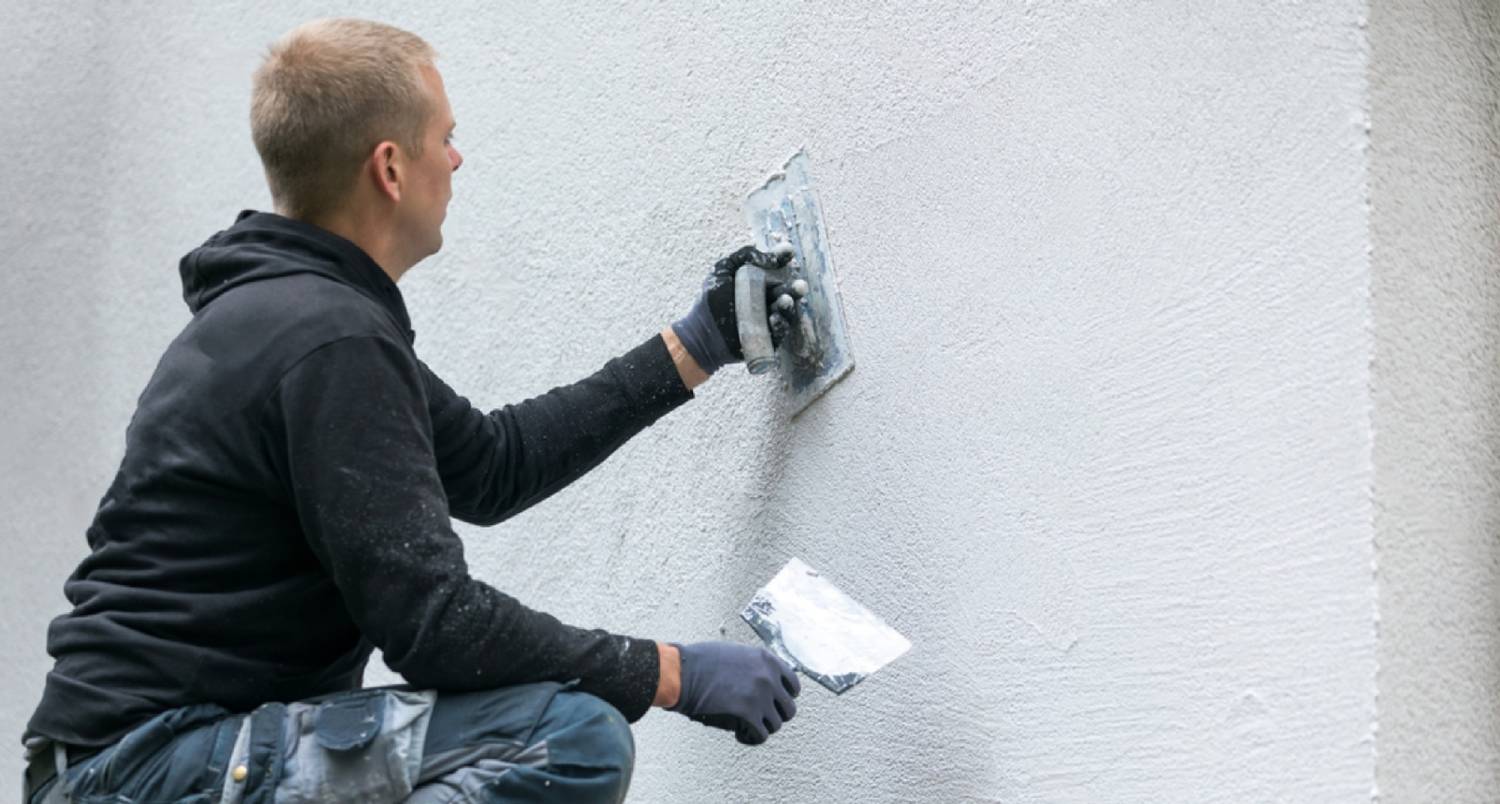Change Your Area with the Help of a Trusted Stucco Contractor
Change Your Area with the Help of a Trusted Stucco Contractor
Blog Article
Exploring the Versatility of Stucco in Modern Architecture
Stucco has long been identified for its aesthetic charm and adaptability, yet its function in modern-day architecture warrants a better evaluation. By exploring its ingenious applications, from striking facades to energy-efficient styles, one can value exactly how stucco is redefining the borders of architectural expression.
Historical Relevance of Stucco
The historic significance of stucco is extensive, as it has played a pivotal role in building practices throughout different cultures for centuries. Coming from old people, stucco was used by the Egyptians and Greeks as a flexible and durable coating for both exterior and interior surface areas. Its versatility to different environments and ability to resemble much more expensive products made it a preferred selection.
In the Roman era, stucco became a primary decorative element, made use of extensively in public buildings, rental properties, and temples. The Romans improved the application techniques, permitting detailed layouts and alleviation sculptures. Throughout the Renaissance, stucco experienced a revival, particularly in Italy, where it was employed in ornamental details and fancy exteriors, showcasing the virtuosity of the duration.

Modern Applications in Layout
Stucco has located restored significance in modern architecture because of its flexibility and aesthetic appeal (stucco contractor). This standard product is significantly used in modern style, connecting the void between modern-day and traditional visual appeals. Developers and architects appreciate stucco for its versatility, allowing it to be used in various styles-- from minimal structures to specify Mediterranean designs
In domestic tasks, stucco offers a tidy, seamless surface that enhances the visual cohesion of facades. Its capability to satisfy different shapes and surface areas makes it an optimal option for both new buildings and renovation tasks. Furthermore, stucco's resilience and low maintenance demands contribute to its growing popularity in metropolitan settings, where lasting materials are necessary.
Business applications have actually also accepted stucco, with lots of services selecting this material to create welcoming and distinct stores. The usage of stucco in public buildings, such as institutions and recreation center, showcases its potential for producing aesthetically enticing settings while giving outstanding insulation residential properties.
Shade and Appearance Advancements
Checking out color and appearance developments in stucco has actually opened up new opportunities for designers and engineers, boosting the material's visual influence in contemporary building and construction. Recent developments in pigment technology have actually enabled for a wider spectrum of colors, allowing developers to develop striking exteriors that integrate flawlessly with their surroundings or attract attention as strong architectural declarations. This versatility in color choice provides engineers the capacity to evoke details psychological actions and integrate with local looks.
Appearance advancements have actually likewise changed stucco applications. Techniques such as shoveling, splashing, Full Article and stamping have brought about diverse surface area coatings, ranging from smooth and fine-tuned to tactile and sturdy. These variations not only add to the building's personality however likewise play an important function in light interaction, improving the aesthetic depth and dimensionality of surfaces.
Furthermore, the introduction of synthetic stucco options has actually increased design possibilities, supplying enhanced resilience and weather condition resistance while maintaining aesthetic charm. As engineers proceed to experiment with ingenious shade palettes and distinctive coatings, stucco continues to be a pivotal element in modern architecture, showcasing the material's versatility and ageless importance in modern layout.
Sustainability and Energy Effectiveness
Technologies in color and texture have not just boosted the visual charm of stucco but likewise paved the way for higher concentrate on sustainability and power effectiveness in contemporary design. As environmental concerns come to be progressively popular, the building market is turning its attention to products that add positively to environmental balance.
Stucco, composed primarily of all-natural products such as sand, lime, and concrete, supplies a lasting option to even more resource-intensive building materials. Its longevity and toughness minimize the demand for regular replacements, therefore lessening waste and resource usage gradually. Modern-day stucco formulations frequently consist of energy-efficient additives look at this site that improve insulation buildings, minimizing home heating and cooling expenses for structures.
The reflective top qualities of stucco can additionally be engineered to minimize warmth absorption, adding to cooler indoor atmospheres and much less reliance on fabricated climate control systems. By promoting power preservation and minimizing the carbon impact of structures, stucco aligns with the concepts of sustainable design. As builders and architects embrace innovative strategies and green techniques, stucco stands out as a responsible and versatile selection in modern design.

Case Studies of Stucco Projects
The convenience of stucco as a structure product is exemplified in numerous effective architectural tasks that highlight its visual and practical benefits. One noteworthy example is the improvement of the historical Casa de la Guerra in Santa Barbara, California. The usage of stucco not just preserved the structure's Spanish Colonial Resurgence style but additionally boosted its sturdiness and climate resistance, guaranteeing durability while maintaining building integrity.
An additional compelling situation is the contemporary domestic project, the Cactus Residence in Scottsdale, Arizona. stucco contractor. This striking home attributes a smooth stucco surface that harmonizes with the surrounding desert landscape. The stucco's light shade shows heat, adding to power effectiveness, while the textured surface areas add aesthetic interest
Furthermore, the Kings Cross redevelopment in London showcases the adaptability of stucco in urban settings. The application Check This Out of stucco on contemporary mixed-use buildings produces a natural visual that values historic context while welcoming contemporary style concepts.
These case researches demonstrate exactly how stucco can offer numerous architectural functions, from conservation and energy effectiveness to visual improvement, making it a versatile option in modern-day architecture.
Final Thought
 In verdict, stucco's historic significance and contemporary convenience make it an important product in modern style. Its capacity to harmonize traditional visual appeals with ingenious layout, incorporated with developments in shade and appearance, boosts its appeal. Additionally, stucco's shielding residential properties add to energy effectiveness, while its lasting characteristics straighten with existing environmental top priorities. As demonstrated through various study, stucco remains to play an essential role fit the building landscape of the modern-day period.
In verdict, stucco's historic significance and contemporary convenience make it an important product in modern style. Its capacity to harmonize traditional visual appeals with ingenious layout, incorporated with developments in shade and appearance, boosts its appeal. Additionally, stucco's shielding residential properties add to energy effectiveness, while its lasting characteristics straighten with existing environmental top priorities. As demonstrated through various study, stucco remains to play an essential role fit the building landscape of the modern-day period. 
In verdict, stucco's historic value and modern-day versatility make it an important material in contemporary design.
Report this page